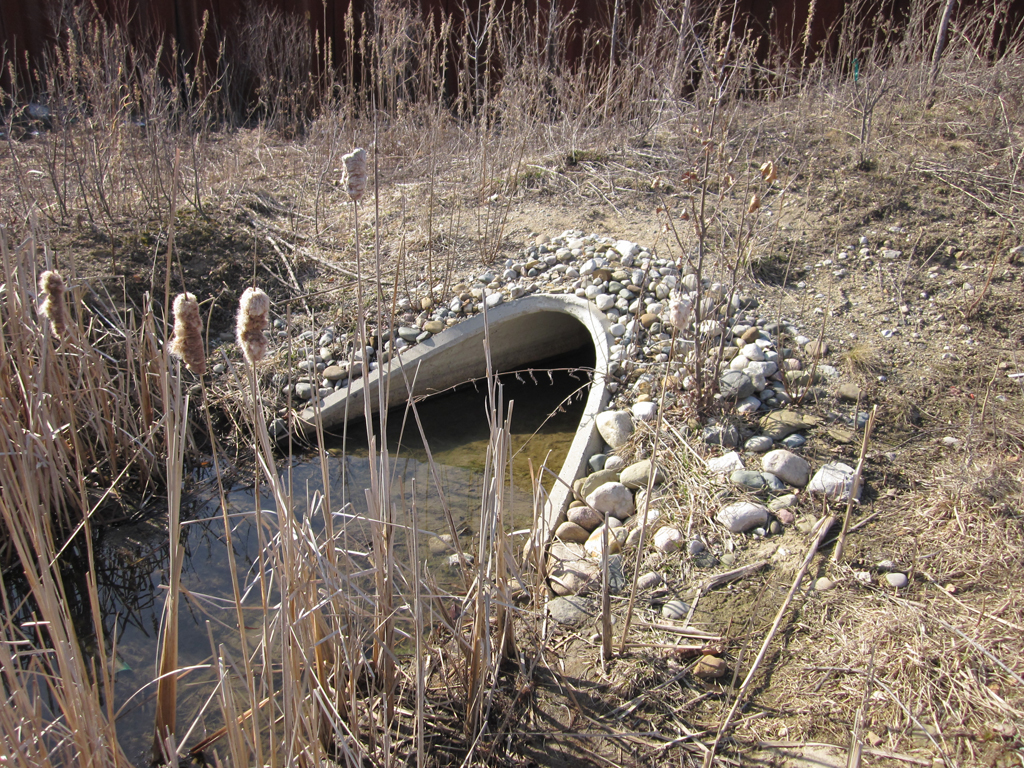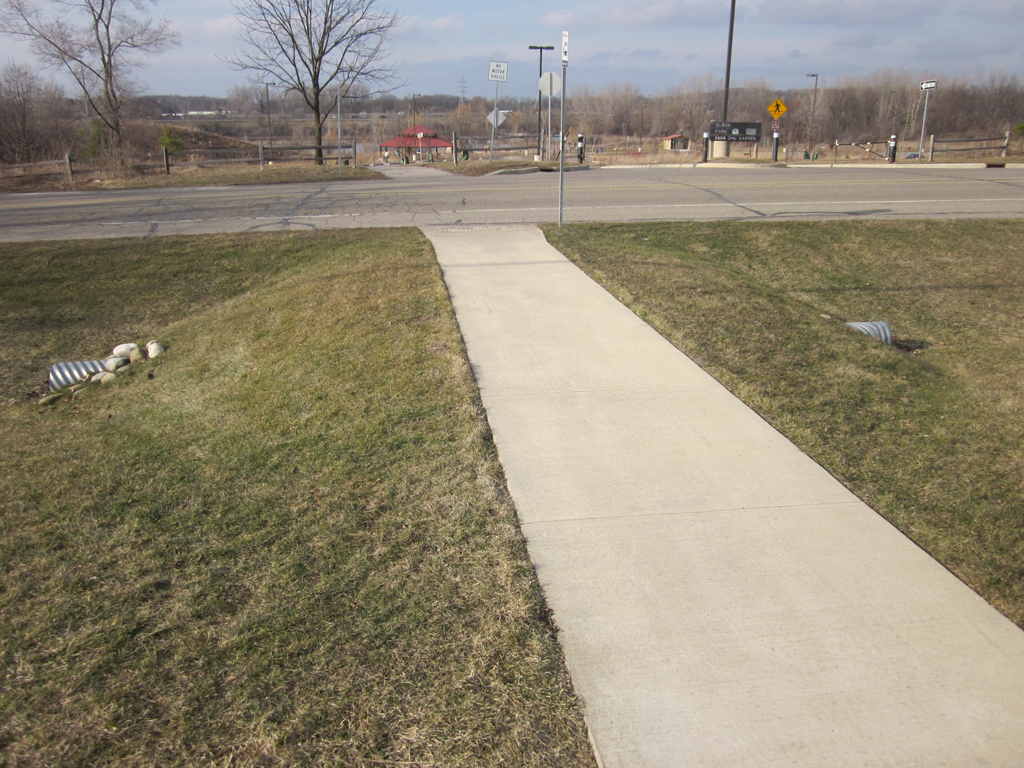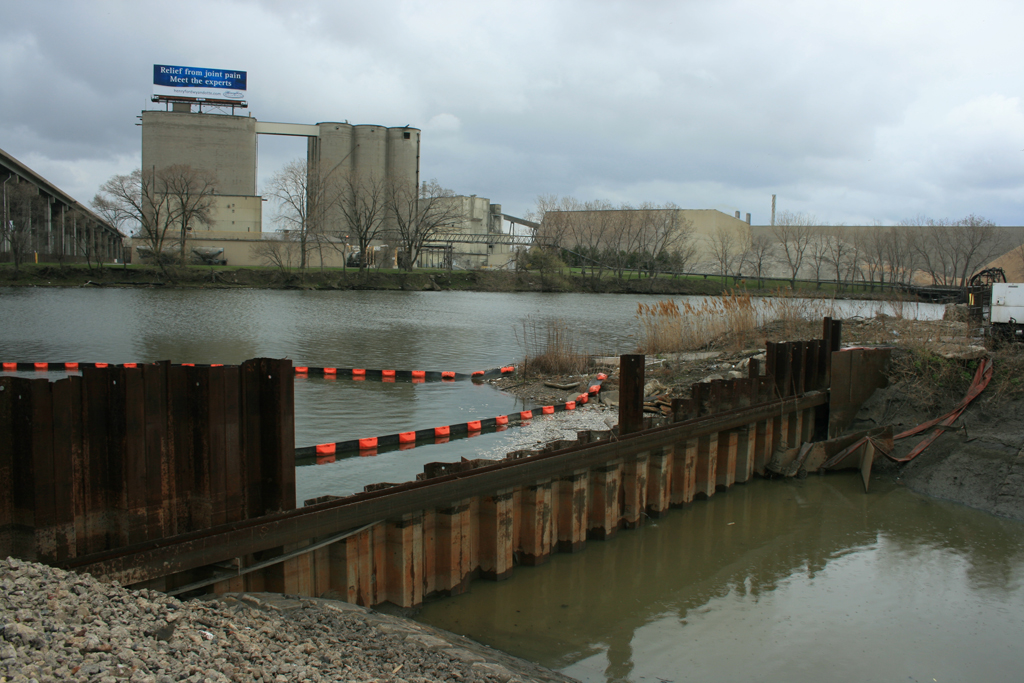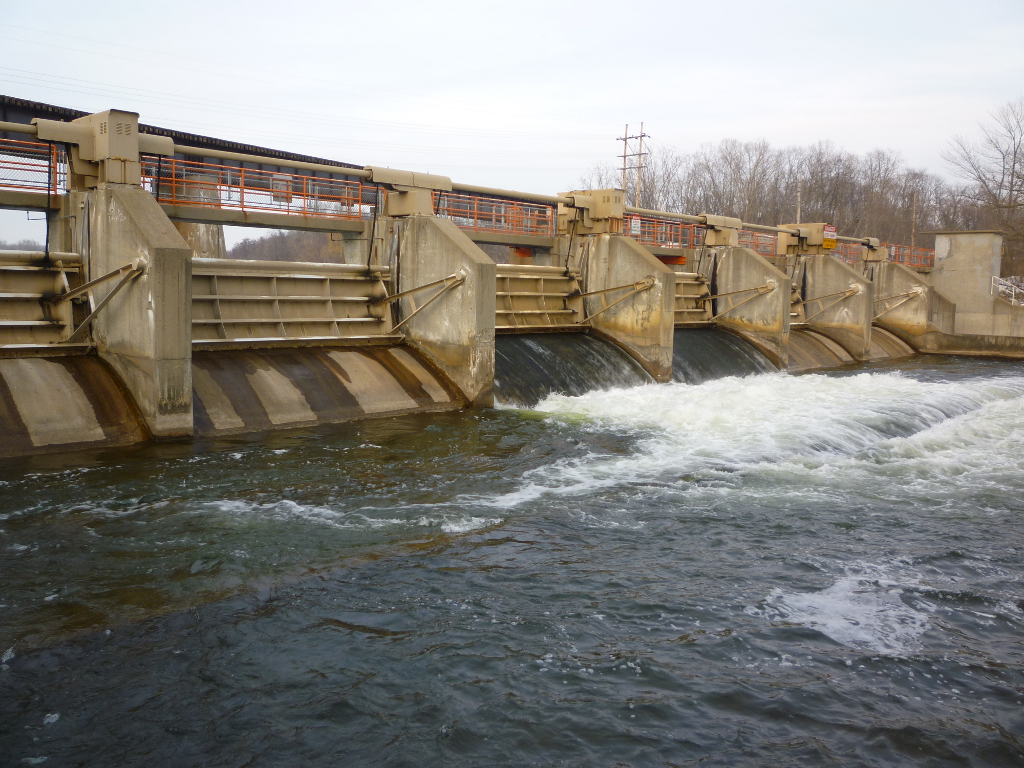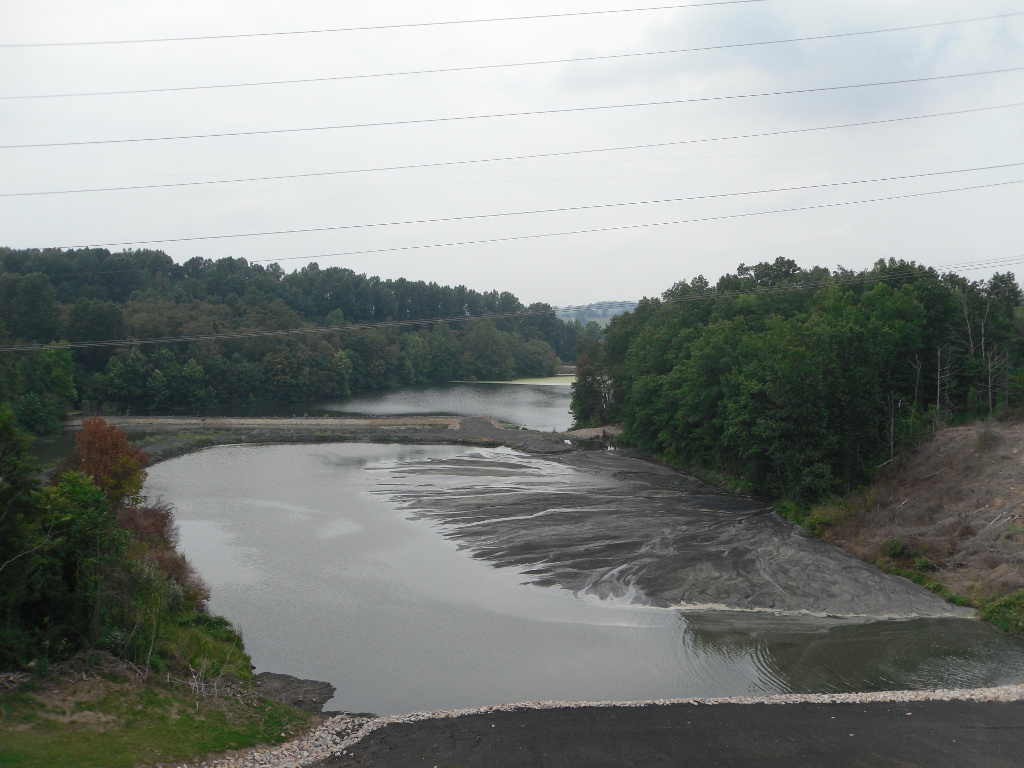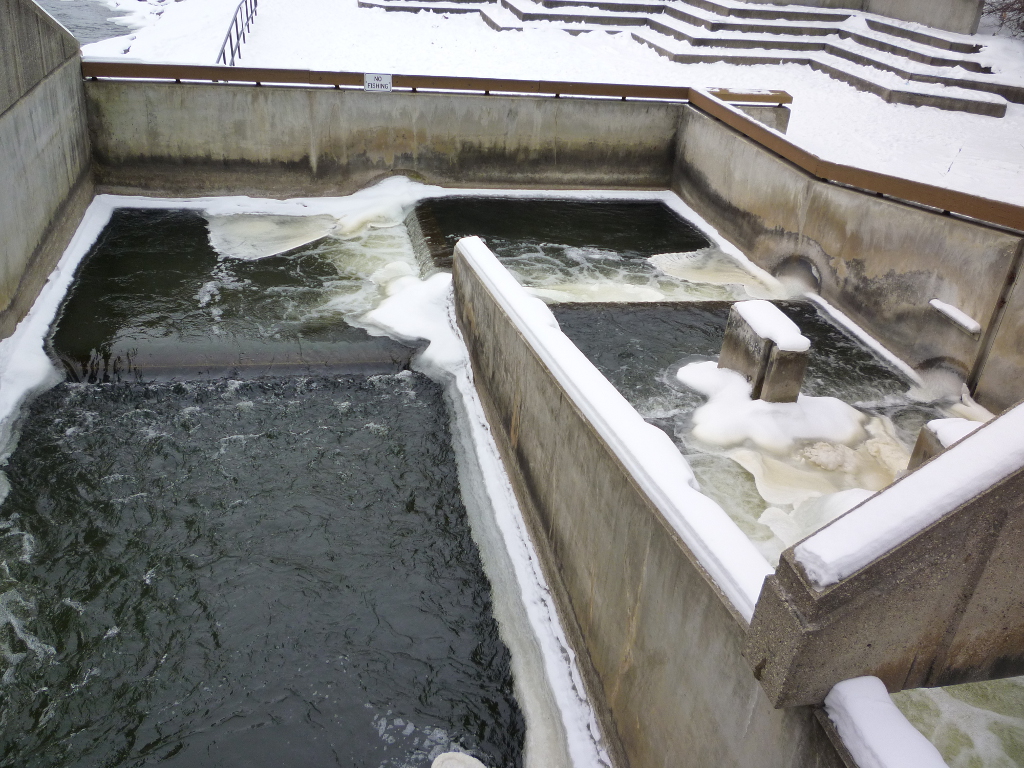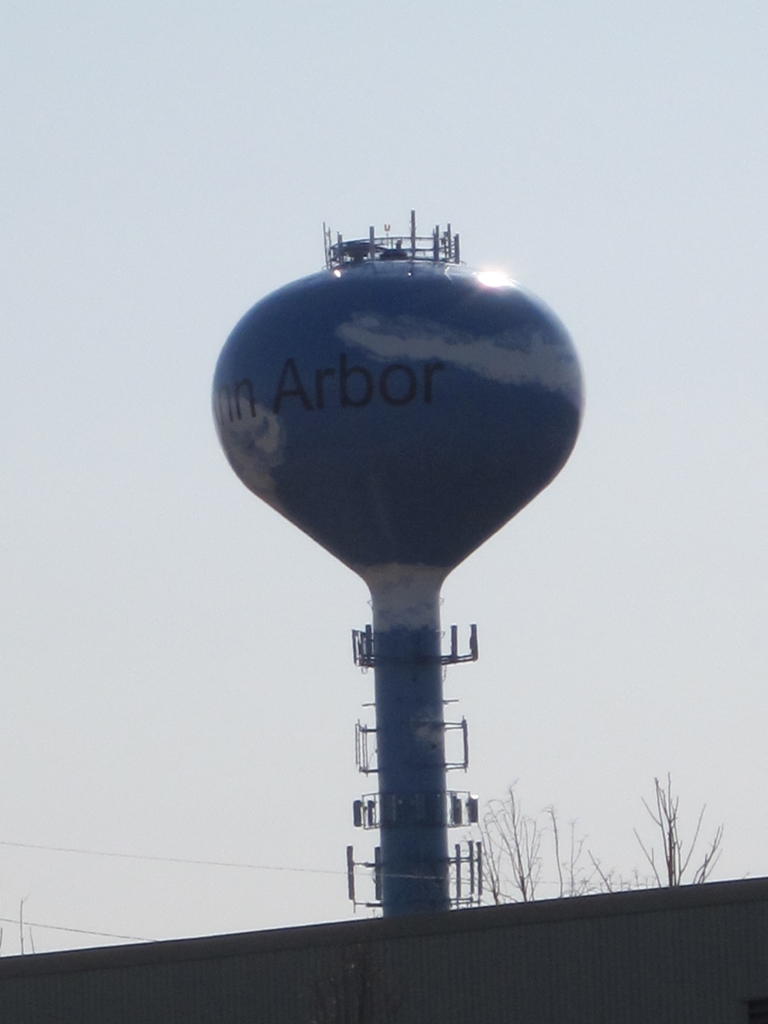
Photo Credit: Karl Jansen
Pictured here is a water tower located on the northside of Ann Arbor, MI. Water towers can be seen all over the world. The purpose of a water tower is to store water needed for the residents of the municipality that operates the tower. Usually located in a higher elevation in the area, this allows gravity to do the work in the municipality’s water distribution system.


